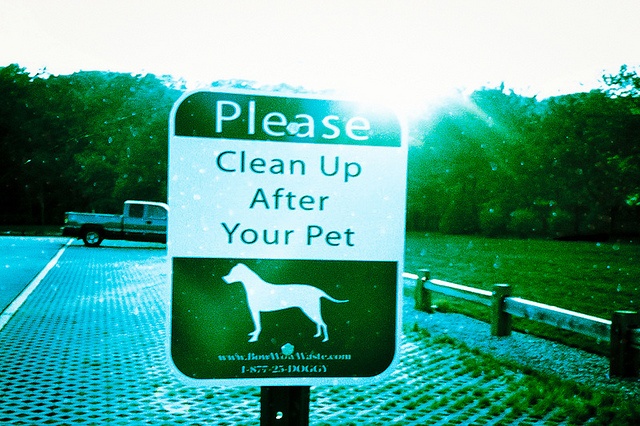I subsequently got kicked out of the group for posting material that I myself had written—apparently, it didn’t matter if the content was good or not, the taboo is that I looked like I was promoting my own writing. Being confused, I emailed the group organizer explaining myself but I got no reply. Clearly I had violated some social media etiquette, or at least, some Google+ etiquette. After a little research and some personal reflection on the situation, I came up with a list of rules to follow so as not to cause any more exclusion from social media outlets.
How do you avoid un-following, un-liking and exclusion online?
This advice is given for the personal branding point of view, not the average socialiser.
- Not following people back – Prevent un-following by following people in return. It’s up to you if you think they are worth following, but generally people will eventually cut you off if you don’t return the favour. There are services that offer auto-reply “thank you” messages, but Twitter discourages it as poor etiquette. Decide for your audience what works best!
- Having a spammy newsfeed – Try to avoid filling up your news feed with 20 tweets in a row of news articles or RTs. Your followers’ news feeds will get full of your messages and that gets irritating. Spread them throughout the day using a buffer. I would recommend three to six, depending on how hungry your followers are to hear about you and your recommendations. Huge names like Jeff Bullas sometimes post once an hour all day!
- Robotic messages – Make your messages personalised. If you constantly send around links with no additional input you look like a spam-bot. This only works if you are a well-established blog/website/company with thousands of dedicated followers.
- Controversial posts – Prevent un-liking by not stepping on any political/religious toes. If collecting “likes” is a goal of yours, a message of mass appeal is least likely to garner a bunch of unlikes. You have a decision to make between the integrity of your message and pandering to the crowd.
- Not following through on promises – Follow through on promises. If the 1000th “liker” earns a voucher, they’d better get that voucher in a timely fashion.
- Having a boring page – Make your page interesting and update it regularly. A dead, dull page is just going to de-legitimize your organization or brand. Based on your best assessment of the audience, find out the length of post they react most positively to, and if pictures and videos help or not with engagement.
Google+
- Immediately posting your own content – Prevent exclusion by first easing into the community. Comment on posts, talk about other people’s work, recommend external sources of information. Then, start linking things from your personal feed. Once you become a respected opinion, you will have the freedom to share your content with the community.
- Emailing your circles everything you say and do – Prevent exclusion by not emailing all your circles all of your posts all the time. Nobody likes an inbox crammed full of Google+ updates. Be selective and notify people of what’s great interest or importance.
General
- Hiding your true identity – Don’t use a fake photo and fake name. “Batboy783” and a fuzzy photo of a Greek philosopher will make people mistrust you and suspect a troll.
- Contacting the public through a company profile – Until you are a massive established corporation, send your social media messages from your personal account and not the company account. Customers and the public need to feel that you are human. A successful brand needs a sensation of honesty, transparency and accessibility.
Basic behaviour on social media for better branding
Fulfil a need: answer a question, offer humour, offer empathy Clearly define your area of expertise and niche Be positive or neutral, never negative Always respond, preferably ASAP Clean trolls and spam out of your feeds regularly Keep your tone soft and your grammar excellent—nobody likes a truculent-sounding and badly-spelt “i woudnt do it liek that its not a nice design”. Try “If you imagine how a first-time visitor lands on this page, the first thing they see is a huge advertisement. This will probably not attract them to return.”
What tips do you have on how to navigate the social media sea?
